4th - 1st century AD
Ancient Greece, origin Southern Italy (Apulia)
* Important and superb Greek krater neck depicting on its main side an angel seeming to fly, holding in one of its hands a laurel crown and on a finger of the other hand a swan
The other side with decoration said "in red" on a black background, depicts a Greek couple facing each other, the man holding a laurel wreath, the woman a large mirror in front of her.
The middle register of the krater is decorated in relief with 2 large swan necks, one black and the other natural, white with polychrome highlights in black, red and orange
* The vase is exceptionally accompanied by its 2 majestic and heavy curles which served as a handles for these large Greek vases on their upper part (projecting from the neck of the kraters).
Here again, the artist played on the contrast of the fauns' heads, all in black on one side and "au naturel" (alive looking) on the other - faces in white with polychrome highlights of red and ochre.
These are indeed its original handles, and not parts brought back from another vase, the junctions of the 3 parts correspond perfectly to each other. These were certainly not glued back together because of the heavy weight of these 2 sockets, which could weaken the whole.
Archaeological condition excavation, fragmentary, with a very beautiful museum reconstruction of the shards, without filling or repainting.
Visible losses and traces of limestone on the surface, specially on the face of the ephebe, which have not been cleaned. Very nice irridescence on the black backgrounds, corresponding to the alteration of the glaze of the ceramic in contact with the metallic oxides contained in the earth.
An attribution had been made by its former owners to a Greek ceramic painter nicknamed THE MASTER OF BALTIMORE. Several pieces attributed to this artist do indeed allow us to find certain common points; the drawings of the angel, the white and black swans in relief of the pottery or the decoration of the upper volutes of these faces of young fauns. (please check documentation in last photo)
Provenance, therefore, from a private archaeology collection in Clermont Ferrand, before 1970's
This piece is part of a pendant which have been proposed for sale in my last ads (please check my other announcement)
Sizes
Around 40 cm diameter and 35 cm high
Handles/curves around 15 and 12 cm diameter by 12 cm large (and around 20 and 13 cm high)
"The Baltimore Painter was an Apulian vase painter whose works date to the final quarter of the 4th century BC. He is considered the most important Late Apulian vase painter, and the last Apulian painter of importance. His conventional name is derived from a vase kept at the Walters Art Museum in Baltimore. The Baltimore Painter's early work was strongly influenced by the Patera Painter. He mainly painted large format volute kraters, amphorae, loutrophoroi and hydriai. It is likely that his workshop was at Canosa. He depicted sepulchral scenes (naiskos vases), usually depicting a naiskos on the front and a grave stele on the back, often characterised by figures in yellow-orange garments), mythological and dionysiac scenes, as well as erotes, weddings and scenes from the life of women.
Stylistically, especially in regard to vase shapes and pictorial themes, his work is very similar to that of the Underworld Painter. The Baltimore Painter's work is characterised by rich and fine detail, especially in ornamentation. Several painters were closely associated with him, including the Stoke-on-Trent Painter, who was either a very close colleague or may in fact be identical with him, and the painters of the T.C.-Group. His successors include the probable heir of his workshop, the White-Sakkos Painter, other painters of the White-Sakkos Group, the Sansone Painter, the Stuttgart Group and the Kantharos Group."
https://en.wikipedia.org/wiki/Baltimore_Painter
Possibility to send more photos on request to fabien.siegfried@yahoo.com











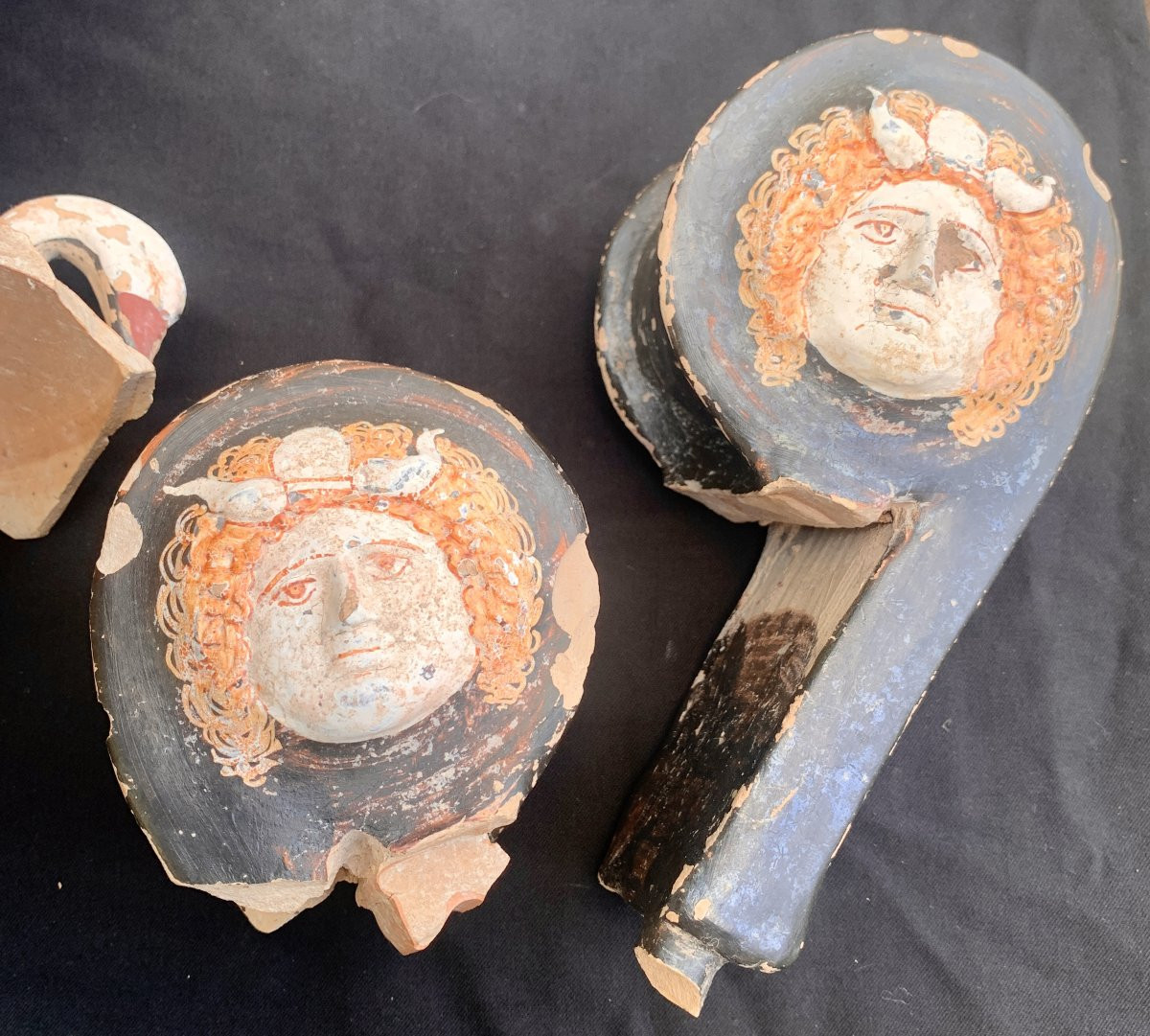















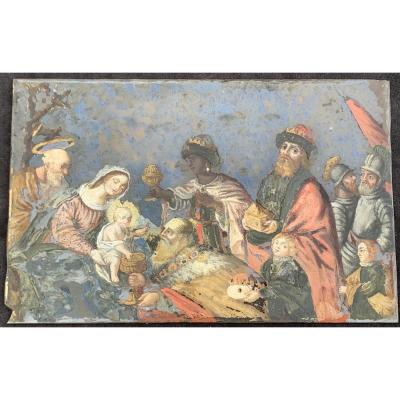
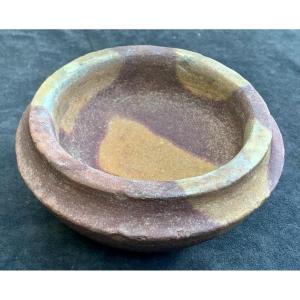
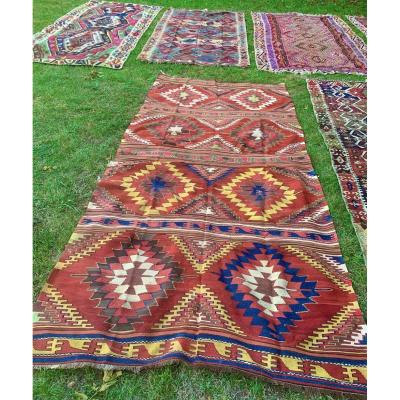


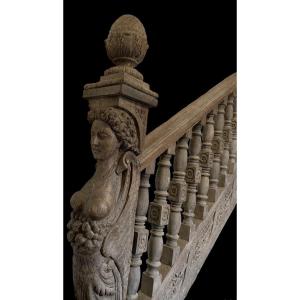
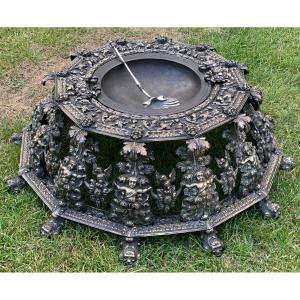
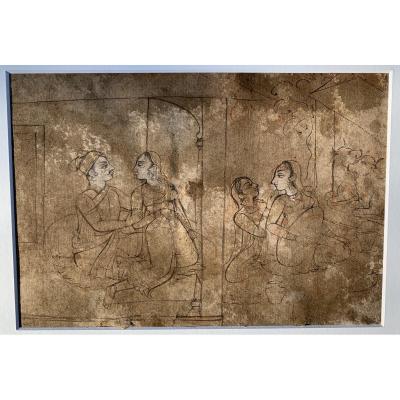


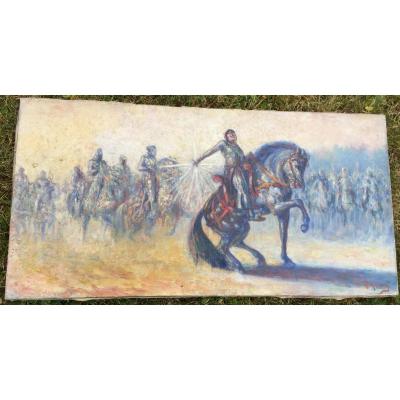

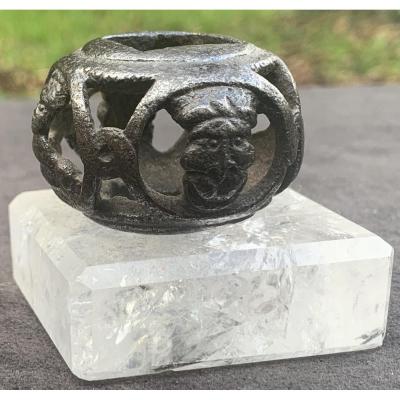


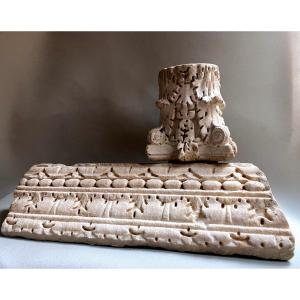


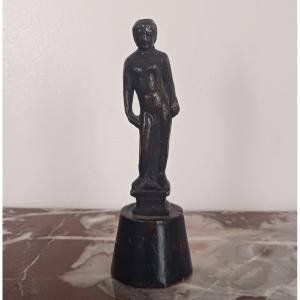




 Le Magazine de PROANTIC
Le Magazine de PROANTIC TRÉSORS Magazine
TRÉSORS Magazine Rivista Artiquariato
Rivista Artiquariato